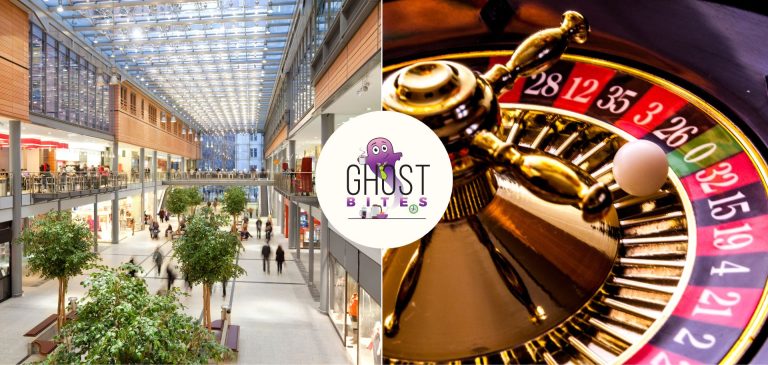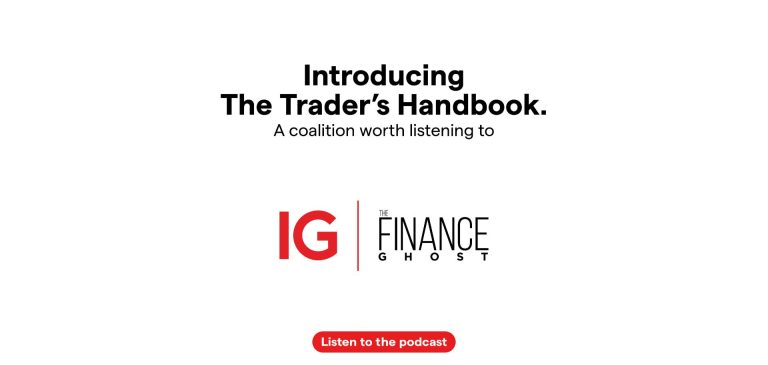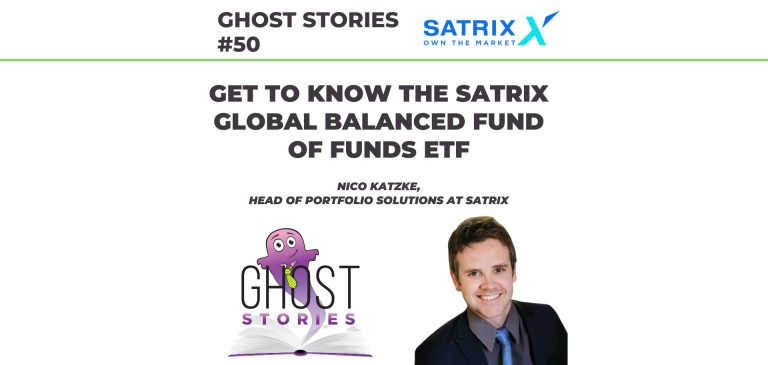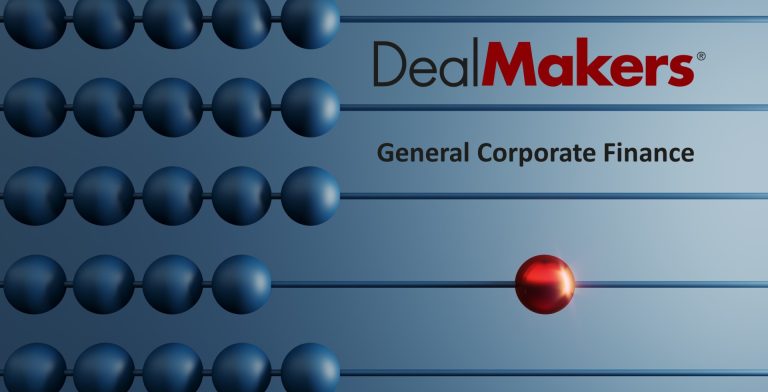Unsurprisingly, Anglo sold Anglo Platinum shares at a discounted price (JSE: AGL | JSE: AMS)
This is Anglo’s idea of an orderly process vs. what BHP wanted
The platinum market is hugely depressed at the moment, so it’s not a great time to be trying to sell a significant chunk of shares in a platinum miner. Still, Anglo American decided that this is the right time to work towards a demerger of Anglo American Platinum, so they went ahead with a sale of 6% in the company anyway.
The price achieved from institutional investors? R548 per share. For context, that’s 12% below the price that Anglo American Platinum closed at last Friday. Anglo American doesn’t seem too bothered, as the company has raised R9.6 billion in the process and is marching forward towards its era of focusing on other commodities. If you keep in mind that corporate executives want a war chest and shareholders want value creation, you’ll understand how decisions like these can end up being made.
If Anglo is willing to get out of Anglo American Platinum in this fashion, I can’t wait to see how modest the price for De Beers will be one day!
The next step is the demerger of Anglo American Platinum in 2025, as Anglo American still holds 66.7% in the company after this disposal. They held as much as 78.6% just a few months ago before starting to sell shares in the market in two tranches.
Argent’s offshore expansion strategy means the strong rand has hurt growth (JSE: ART)
But the overseas businesses are performing well, which is what counts
Argent Industrial has been outspoken about the nonsense we’ve been dealing with in South Africa for the past few years. They also voted with their wallets, investing in various offshore businesses. This works well when the rand is weakening and bites you when it strengthens. The important thing for investors is to avoid getting caught up in currency moves that are beyond Argent’s control, focusing instead on how the businesses are actually doing.
Group revenue fell 3.3% for the six months to August and operating profit increased by 1.7%. HEPS moved just 3.7% higher to 231 cents. Although the South African segment saw profit before tax increase from R43.5 million to R56.4 million, the offshore segment experienced a drop from R128 million to R119.5 million thanks to the rand.
Argent misses a trick though, as the management commentary in the financials doesn’t include anything around constant currency growth in the offshore businesses. If rand strength continues, they need to get better at telling the story. Lovely as it is to see the UK and America performing in line with expectations, the market prefers seeing percentages rather than long sentences.
Given how blunt Argent has been about South Africa, it’s great to see them noting an expectation for the local economy to improve by February 2025 thanks to interest rate decreases. Let’s hope!
Brikor’s profits have dropped (JSE: BIK)
We should have detailed results soon
Brikor has released a trading statement for the six months to August. It doesn’t look good, with HEPS expected to drop by between 56% and 63% for the interim period.
This puts it on a range of 1.00 to 1.20 cents per share, so at least there is still a profit! For context, the share price is 17 cents, although there’s almost no liquidity in this stock.
Detailed results are due to be released before the end of November.
Even in the best year we’ve seen in South Africa in ages, Brimstone has gone backwards (JSE: BRT)
The net asset value per share has decreased this year
If you enjoy watching your money go sideways, then Brimstone is worth considering. The discount to intrinsic NAV is substantial and the intrinsic NAV per share somehow managed to be lower as at September 2024 than it was in December 2020 during the pandemic!
The fully diluted intrinsic NAV per share is R10.83. The current share price is R4.91. Spot the problem?
Here’s the other problem: the fully diluted intrinsic NAV was R11.88 at the end of December 2023, so it managed to decrease 8.8% over nine months despite the South African market experiencing a strong rally.
The saving grace for the share price has been a reduction in the discount to NAV in the market, so the share price went up over that period despite the intrinsic NAV dropping.
EOH’s name change to iOCO has been approved (JSE: EOH)
The announcement includes a positive narrative around recent performance
EOH’s shareholders have approved the change of name to iOCO, bringing to an end a difficult era for the company that led to the EOH name being synonymous with poor governance in South Africa and a time when relationships between government and corporates were less than savoury. Those days are hopefully behind us as a country.
They are certainly behind iOCO (yes, I’m only using the new name from here onwards), with the group cleaned up and focused on the future. Whilst I still struggle to get excited about any kind of investment case here, the announcement with the results of the vote at the AGM also included an encouraging market update at the bottom.
They note a strong start to the financial year, driven by not just the cost-cutting initiatives, but also improved gross margin. They go on to talk about being on track to achieve the set targets and strategic goals.
That sounds like a good start to a new era!
Trading density growth is boosting Hyprop (JSE: HYP)
The foot count trend in South Africa is worrying though
Hyprop has released a pre-close operational update dealing with the four months to October. Someone really needs to tell them that we don’t need several paragraphs dealing with the names of stores that have opened in the malls. Nobody really cares – we just want to see the numbers.
For example, a drop in office vacancies from 27.4% to 17.7% is important information. A positive weighted average reversion rate of 6.7% is also important. These are the stats we want.
In South Africa, trading density is up 3.9% for the four months and tenant turnover increased 5.2%. Foot count tells a less promising story, down 0.2% over the period with August as the only strongly positive month for some reason. It feels like people are buying more and more stuff online in South Africa, which is something to keep an eye on for premium malls over the long-term.
Rent collections are up by a juicy 14.1% for the four months in South Africa, but that’s due to the inclusion of the Table Bay Mall acquisition. I still think they overpaid for that asset, but time will tell.
In Eastern Europe, things still look excellent with a vacancy rate of just 0.2% and trading density up 9.4%. Foot count is also positive there, up 1.6% over four months. Rent collections are up 7.9%.
The loan-to-value ratio has improved to 35.2%, driven by the disposal of the sub-Saharan Africa portfolio. This gives them confidence to approve R550 million for capital expenditure in the South African portfolio for this financial year. Even with that expectation, they are looking to increase the dividend payout ratio going forward.
Nampak swings into profitability (JSE: NPK)
And yet the share price dropped 12.5% on the day of this announcement
The efforts to save Nampak have been quite something to watch. After selling off non-core assets and getting the balance sheet to the point where there will actually be a Nampak going forward, it’s now about delivering sustained and growing profitability.
A trading statement for the year ended September paints a promising picture. HEPS from continuing operations is expected to be between R31 and R35, a vast improvement on the rather daft headline loss per share of over R390.05 in the comparable period.
For total operations, HEPS will be between R12.50 and R14.50, again much better than the even more ridiculous loss of R468.12 in the comparable period.
Detailed annual results are expected to be released on 2 December. Nampak’s share price is up 145% year-to-date, though it did take a 12.5% knock on the day of this announcement to close at just over R400 per share.
Based on Tsogo Sun’s numbers, casinos are becoming less desirable assets (JSE: TSG)
Is online sports betting scratching the itch for more people?
Traditional gambling assets have been under pressure for a while now. I remember how these casinos were bustling 15 years ago, when I would sometimes play poker to supplement my student income or spend money on blackjack as part of a fun night out. These days, I literally do not know a single person in my life who goes to the casino. Well, unless they do so quietly, which then proves my point anyway.
Times change and so do consumer preferences. Online gambling and sports betting seem to be all the rage, leaving casinos with high fixed cost bases and declining economics. Tsogo Sun’s results for the six months to September reflect income down 4%, adjusted EBITDA down 10% and HEPS down 15%. Would you bet on that improving?
Despite the drop in HEPS, the interim dividend per share has been retained at 30 cents. HEPS came in at 73.1 cents, so they have enough space in the payout ratio to avoid committing the biggest sin of all for corporates: cutting the dividend.
The best casinos (like the flagship Montecasino asset) are still doing reasonably well. Casinos in outlying areas are really struggling. Although Tsogo is investing in the online gambling space and getting a piece of that action, they sit with a large portfolio of fixed assets that seem to be losing their shine.
Nibbles:
- Director dealings:
- An example of a director putting in place a financing or derivative structure can be found at Discovery (JSE: DSY), where the founding directors do it regularly. The latest example is Barry Swartzberg, where a collar structure has matured and the Discovery share price is above the strike price on the call options, leading to Swartzberg being forced to sell R157 million worth of shares. Adrian Gore also features, with sales worth R101 million. This is what it looks like to give away upside in order to gain downside protection! Gore has entered into a further collar structure, with a put option at a strike of R166.61 per share (downside protection) and a call option at a strike of R297.94 per share (giving away upside above this level).
- An associate of a director of EOH (JSE: EOH) bought shares worth R10.725 million.
- A prescribed officer of Thungela (JSE: THA) sold shares worth R5.4 million.
- The CEO, CFO and company secretary of Mr Price (JSE: MRP) received share awards and all sold the entire lot (not just the taxable portion) for R4.5 million. At this high P/E multiple, I would do the same. The momentum in the Mr Price share price has been a little crazy this year.
- The CFO of Lewis (JSE: LEW) is “rebalancing his portfolio” with a sale of shares worth R2.3 million.
- An associate of a director of Afrimat (JSE: AFT) has sold shares worth R1.9 million.
- Two directors of a major subsidiary of RFG Foods (JSE: RFG) received share awards and sold the whole lot for R570k.
- Zeder (JSE:ZED) announced that the disposal of Novo Fruit Packers for R195 million (plus the value of stock of R1.7 million) has met all conditions precedent and that the selling price has now been received.
- Accelerate Property Fund (JSE: APF) needs to go back to the drawing board for the related party settlement agreement dealing with the claims by Accelerate against ex-CEO Michael Georgiou and vice versa. This relates to the development of Fourways Mall. The suspensive conditions in the agreement were not fulfilled on time, so the parties need to conclude a new agreement which they say will be on substantially the same terms.
- After recent transactions and based on the terms of the cession of voting rights agreement between Titan Premier Investments (the Christo Wiese investment vehicle) and Brait (JSE: BAT), Premier Group (JSE: PMR) has announced that Titan’s beneficial interest in Premier has decreased to 44.5%. The direct economic interest remains unaffected at 31.5%.
- Three directors of Stor-Age (JSE: SSS) have put in place a new loan facility, secured by the pledge of shares. It bears interest at prime less 0.75% and has a 36-month term. Total facilities for the three directors come to around R58 million. This is common practice in the property sector. It could lead to director dealings in future, depending on how the loan vs. share price plays out.
- Despite a tremendous amount of noise around governance issues at Quantum Foods (JSE: QFH) and disputes with shareholders, Northam Platinum (JSE: NPH) has appointed Wouter Hanekom, the current chairman of Quantum Foods, to its board as an independent non-executive director. Hanekom has plenty of corporate experience, but it’s interesting that Northam is happy to potentially be dragged into that mud through this appointment. The board obviously really wants him there.
- Rex Trueform (JSE: RTO | JSE: RTN) is increasing its stake in Belper Investments by 6.99% to 79.02%. This is an unlisted property fund focused on the Western Cape and specifically Epping. The price for the additional 6.99% is R4.7 million, despite Belper being in a loss-making poisition.
- Datatec (JSE: DTC) will commence its share repurchase programme on 28 November, so the company itself will be on the bid in the market.
- Visual International Holdings (JSE: VIS) has reported results for the six months to August. With the share price at R0.03 and a market cap of R12 million, very few people are interested here. It doesn’t help that the operating loss increased from R3.75 million to R5.2 million.
















